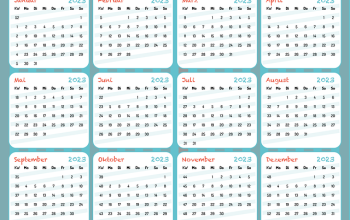Event planning is a powerful tool for local businesses to boost visibility, engage communities, attract new customers, and strengthen existing relationships. When organizing networking events, start by clearly defining your target audience—small business owners, entrepreneurs, or industry professionals—and tailor activities to foster face-to-face interactions, conversations, and collaboration based on their interests and goals, creating a valuable and memorable experience for all involved.
Networking events, strategically planned, can be a game-changer for local businesses. This article guides you through efficient event planning, focusing on setting clear objectives, choosing the right venue, and engaging participants. We’ll explore how to define your purpose, identify target audiences, set measurable goals, and design interactive activities that foster meaningful connections. Additionally, we’ll provide tips for follow-up and collecting contact information. Maximize your networking potential with these essential strategies tailored for local businesses.
- Setting Clear Objectives
- – Define the purpose of the event
- – Identify target audience for networking
Setting Clear Objectives

– Define the purpose of the event

The success of any networking event relies heavily on a clear, defined purpose. For local businesses, this could mean fostering industry connections, attracting potential clients, or showcasing their unique offerings. Event planners should identify specific goals and tailor activities to support them. Well-planned objectives ensure every aspect of the gathering—from guest lists to icebreaker sessions—align with promoting meaningful interactions and achieving desired outcomes.
Event Planning for Local Businesses involves creating an environment conducive to productive networking. This means structuring the event flow, from registration to follow-up, to maximize participant engagement and conversion rates. By setting a clear purpose, business owners can effectively reach their target audience, generate leads, and build lasting professional relationships within their local community.
– Identify target audience for networking

When planning a networking event for local businesses, defining your target audience is step one. It’s crucial to understand who you want to attract and engage. Your ideal attendees could be small business owners, entrepreneurs, industry professionals, or decision-makers from specific sectors relevant to your event’s theme. For instance, if focusing on tech startups, invite local tech founders, investors, and industry experts. This targeted approach ensures that the right people are in the room, maximizing valuable connections.
Event planners should consider their community’s unique needs and preferences. Local businesses often thrive on relationships built face-to-face, so create an environment conducive to meaningful interactions. Whether it’s a cocktail reception or a workshop, design activities that encourage conversation and collaboration. Tailor your event to cater to the interests and goals of your target audience, making it an exciting and memorable experience for all who attend.
Efficient networking events are a powerful tool for local businesses to foster connections and achieve growth. By setting clear objectives, defining the purpose of the event, and identifying the target audience, organizers can create meaningful interactions that lead to successful partnerships. In the realm of event planning for local businesses, navigating these steps ensures a well-structured gathering that leaves a lasting impression on attendees, ultimately enhancing the local business community’s vibrancy.




